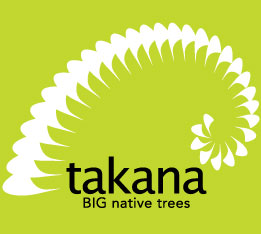Conversion of young, even-aged stands
If regeneration is present then the distribution of this is used as a guide for supplementary planting. If there is no regeneration, planting should be carried out using ecological knowledge of the species concerned. Opening gaps, underplanting with the desired species in groups, and then progressive thinning out the existing trees—to encourage the development of crowns in the desired species– is required.
Conversion of a mature forest
If possible, find stands within the forest or in neighbouring forests which embody the desired structure. From this, define the stands, and determine their timber volumes and growth rates.
The initial aim should be the development of three forest strata—a canopy of dominant residual trees, the establishment of saplings of desired species, with their seedlings to follow.
The layout of the extraction network must be considered before any harvest.
One approach is to divide the block into more or less equal areas or coupes and harvest one area each year or so, replacing the trees with the desired mixture of species. In this way 10% of the forest could be harvested each year for ten years, minimising visual impact, maintaining canopy, and removing the forest’s approximate annual growth increments.
Another is the gradual thinning of surplus larger trees to create gaps into which desired species are able to grow—either from regenerating trees or new plantings. Periodic thinning of young plants is required, as is removal of heavy shade plants like tree ferns. Commercial harvesting of the assessed annual increment is then done annually or periodically.



